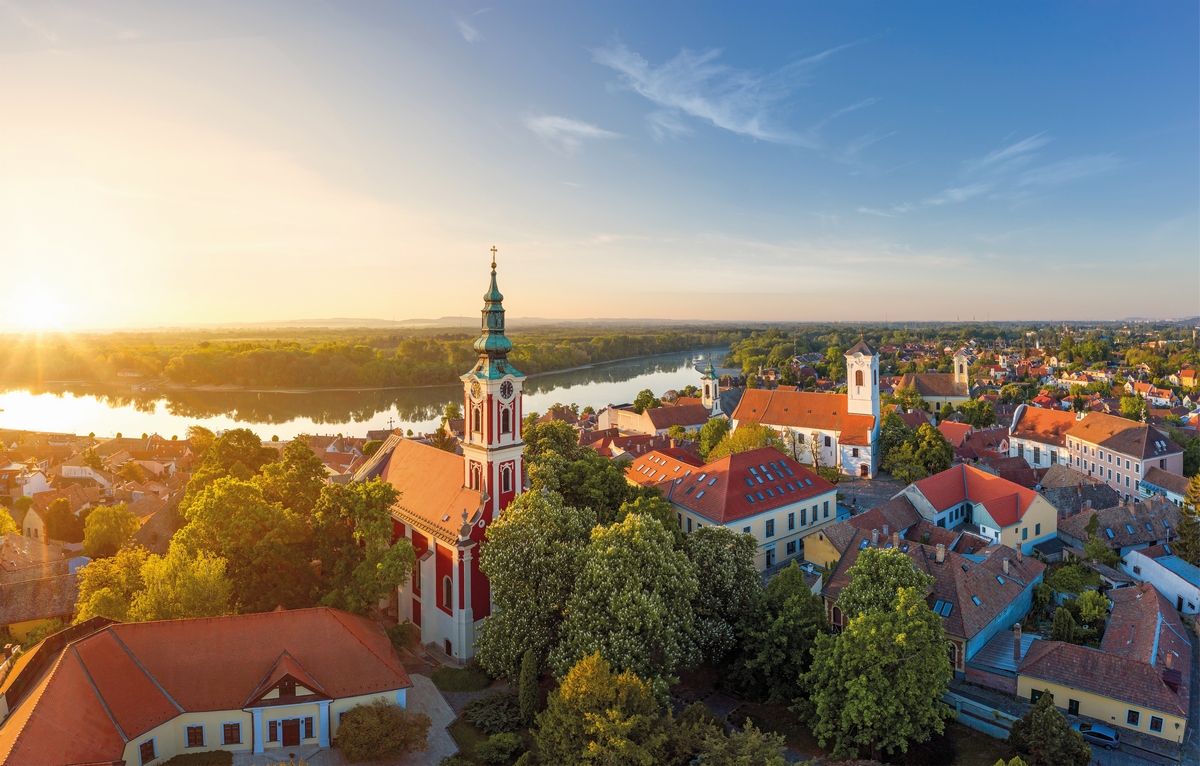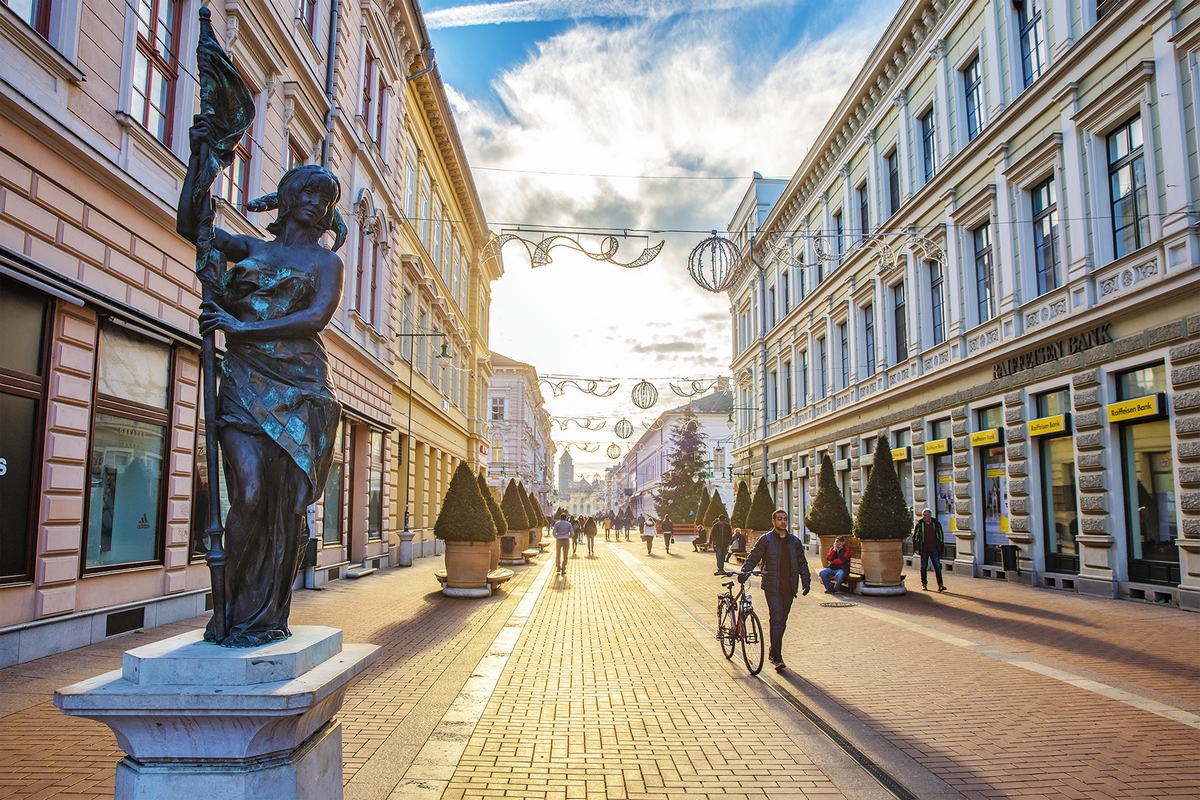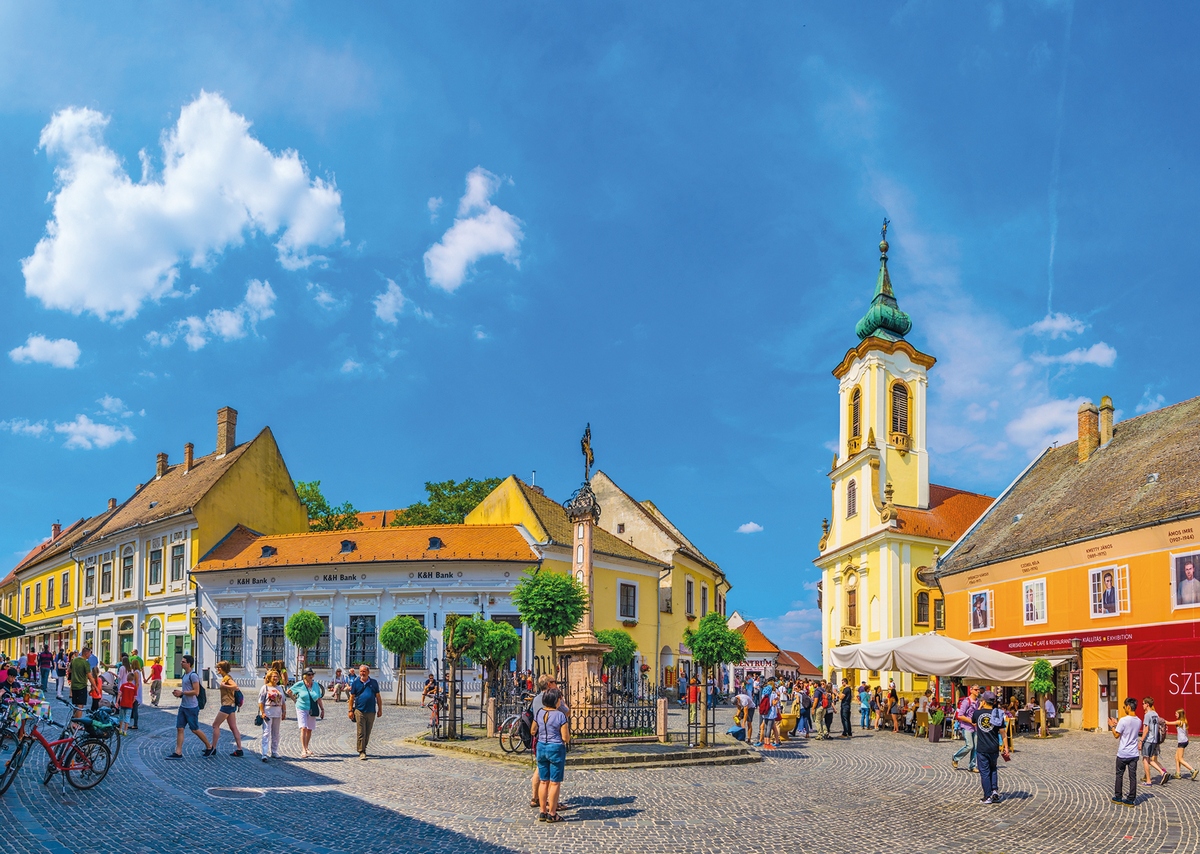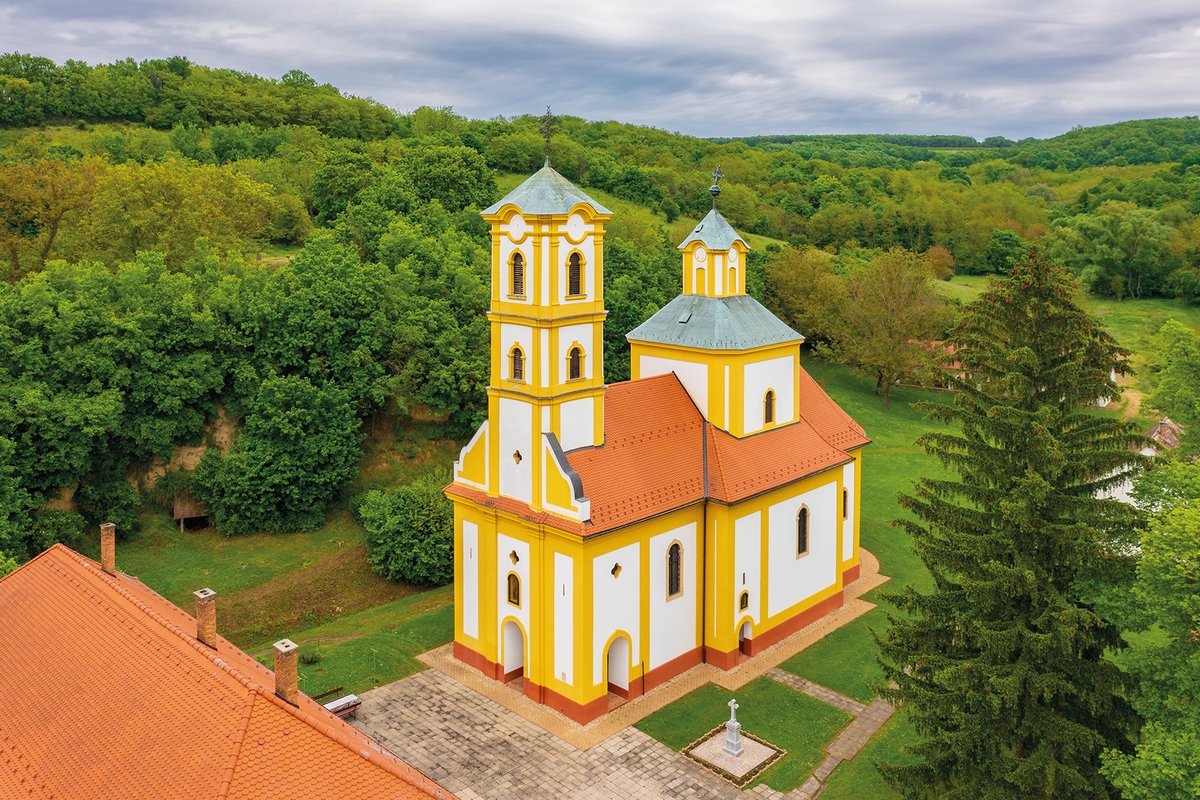Serbians have been recognized as one of the most important national minorities of modern Hungary thanks to their historical influence and friendship with the Hungarian majority

The presence of Serbs in Hungary dates from the Middle Ages, not too long after Arpad came with Magyar tribes and settled the Pannonian basin. During that time, Hungarians and Serbs developed strong relations by blood and friendships thanks to a mutual struggle to cultivate the empty land and defend themselves from the invaders.
During the long-lasting Ottoman occupation of Serbian lands, many scholars found their peace for work in Hungary. They were influenced by Hungarian, and Central European culture and helped Serbia to keep its culture despite the Ottoman’s occupation. While living in Hungary, Serbs contributed to local communities having a strong influence and culture in general.
The number of the Serbian community in Hungary is not that significant today, as there are slightly more than 10.000 members. However, they have been recognized as one of the most important national minorities of modern Hungary thanks to their historical influence and friendship with the Hungarian majority. Lórév (Serbian: Lovra), a small village on Csepel Island south of Budapest is the only settlement with a Serbian majority today with only 200 Serbs.
Ráckeve
The oldest evidence of Serbians in Hungary is placed just south of Budapest in the village of Ráckeve (Srpski Kovin).
The Dormition of the Mother of God Monastery in Ráckeve is the oldest monastery in Hungary and one of only two monasteries in the Buda Eparchy of the Serbian Orthodox Church. It is located 40 km south of Budapest, on the Danube river island of Csepel, in the center of the Ráckeve village.
When Ottomans started to intrude from the South, Hungarians relied on Serbians to defend their land. Some historical evidence testifies that land between Belgrade and Kragujevac, today Šumadija, was completely vacant due to Serbs running away from the Ottoman invasion to neighboring Hungary.
After the Turks besieged and conquered the fortified Smederevo for the first time in 1439, they crossed the Danube twice, devastated and looted Kovin and all the surrounding settlements. Those who escaped in time headed deep into Hungary and reached the island of Csepel on the Danube. On October 10, 1440, King Vladislav of Hungary ceded the Late Gothic church with chapels and bell tower to the settlers of Kovin, and with it, in all probability, a corresponding part of the royal land holdings.
The Dormition of the Mother of God Monastery in Ráckeve is the oldest monastery in Hungary and one of only two monasteries in the Buda Eparchy of the Serbian Orthodox Church
According to preserved tradition, often neglected, this monastery is a medieval legacy and was created in the first half of the XII century. The founder of the monastery is mentioned as Queen Jelena, the daughter of Uroš I, Grand Prince of Serbia, and the wife of the Hungarian king Bela II. At the time when the monastery was founded, Jelena ruled Hungary on behalf of her minor son Geza II (1141–1161).
Grábóc
Grabovac Monastery (Hungarian: Grábóc) is one of the two existing monasteries of the Serbian Orthodox Church in present-day Hungary. The monastery is located in Tolna County, south of Budapest, near Szekszárd in Central Hungary. The Grabovac Monastery was once one of the religious and cultural centers of the Serbs in Pannonia, and today it is one of the main gathering places of the Serbian community.
On the site of the Grabovac monastery, there used to be a Benedictine Catholic monastery from the 14th century, the remains of which can still be seen near the existing monastery cemetery. The current Grabovac monastery was founded in 1587 by the monks of the Dragović monastery in Dalmatia.
Belvaros in Budapest
Most Serbians today live in Budapest where they have their own church of Saint George (Crkva Svetog Georgija) which is part of Buda’s Eparchy of the Serbian Orthodox Church. This church is very centrally located only a few steps from the main pedestrian Vaci street.
Belvaros, a very central, and the most beautiful Budapest quarter was popular amongst the Serbs during the XVIII and XIX centuries. The street where St. George’s church is named Szerb utca (Serbian street) and many beautiful houses around were inhabited by Serbian poets, writers, artists, and noblemen.
One of the key figures of the Hungarian Revolution of 1848, poet Sándor Petőfi, was born Aleksandar Petrović, in a Serbian and Slovak family. He is considered Hungary’s national poet and was the author of National Song (Nemzeti Dal) which is said to have inspired the revolution in the Kingdom of Hungary.
One of the most popular thermal baths in Budapest, Rác fürdő, is named after an old medieval name for Serbs from their country Rascia (Raška) or Rácország in Hungarian.
Pécs and Szeged

Serbian presence in Hungary could be traced out of Budapest as well. All major cities, especially in the South, like Szeged and Pécs.
Famous Serbian painter Petar Dobrović was born in Pecs. He went to High school there, and later was a student at the Budapest Art school and University. Unfortunately, there is no any evidence of Dobrović’s life in Pecs today.
After the Battle of Kosovo, many Serbs emigrated to Szeged where this city became the seat of the Eparchy of Bačka then. The fifth church was built in Szeged at Dom Square after four churches at the same place were destroyed. St. Nicholas church is designed in rococo style with many icons. Serbian baroque painter Jovan Popović made the part of the iconostasis, with the Temptation of Christ as the most beautiful icon there.
Szentendre

During the Great Turkish War, Serbs were invited to emigrate to Hungary to evade the Ottoman Empire. Because of this invitation, there was a mass emigration of Serbs in 1690 to the Szentendre region. These Serbs left enduring traces on the townscape and its culture.
Due to its historic architecture and easy rail and river access, it has become a popular destination for tourists in Budapest. Travel agencies from Serbia always include visits to Szentendre for tourists when coming to Budapest.
While living in Hungary, Serbs contributed to local communities having a strong influence and culture in general
The oldest part of the town where the Cathedral was erected in 1521 was named Belgrade quarter after the Serbian immigrants. There were seven Serbian churches and a school in Szentendre, but today only four are still part of Buda’s Eparchy of the Serbian Orthodox Church. The Church of St. Paul and St. Peter, known earlier as Ćirpovačka Church, today is the Greco-catholic church, while Zbeg’s Church is now catholic. Reformists took over the Hopovo’s Church, but iconostasis from it had been removed in the village Hercegszántó (Santovo), just next to the Serbian border.
The Cathedral Church of Dormition of the Mother of God, known as Belgrade’s Church, originally was a stone church built in 1690. There was a Serbian school as well. The crypt keeps the remains of seven bishops and archbishops. More than four hundred graveyards, mainly from the XIX century, are in the cathedral’s yard.
The Serbian Orthodox church art collection in Szentendre occupies a special place among Hungary’s museums and art collections due to the layered content and wealth of funds. It was founded in 1964 as a museum of the Serbian Orthodox Diocese of Buda, whose basis was the bishop’s treasury in Szentendre. Expanding that foundation, it developed by collecting significant artistic treasures created over centuries and found in the temples of the Diocese.
When Ottomans started to intrude from the South, Hungarians relied on Serbians to defend their land.
By collecting, various liturgical objects, the Collection in Szentendre gradually grew into a valued, and in terms of variety and number of objects, an immense treasury of Orthodox church art antiquities in Hungary. The primary fund of the Collection, which mainly includes artistic creations from the 18th century, provides a broader insight into the complex processes of transformation and flourishing of Serbian art in this most significant period of the Buda’s Eparchy.
Acquaintance with that period in Szentendre is facilitated by the indispensable holdings of the Diocese Library and Archives, which form together with the Church Art Collection and expand our knowledge about the presence of Serbian art and culture in Hungary for several centuries.
